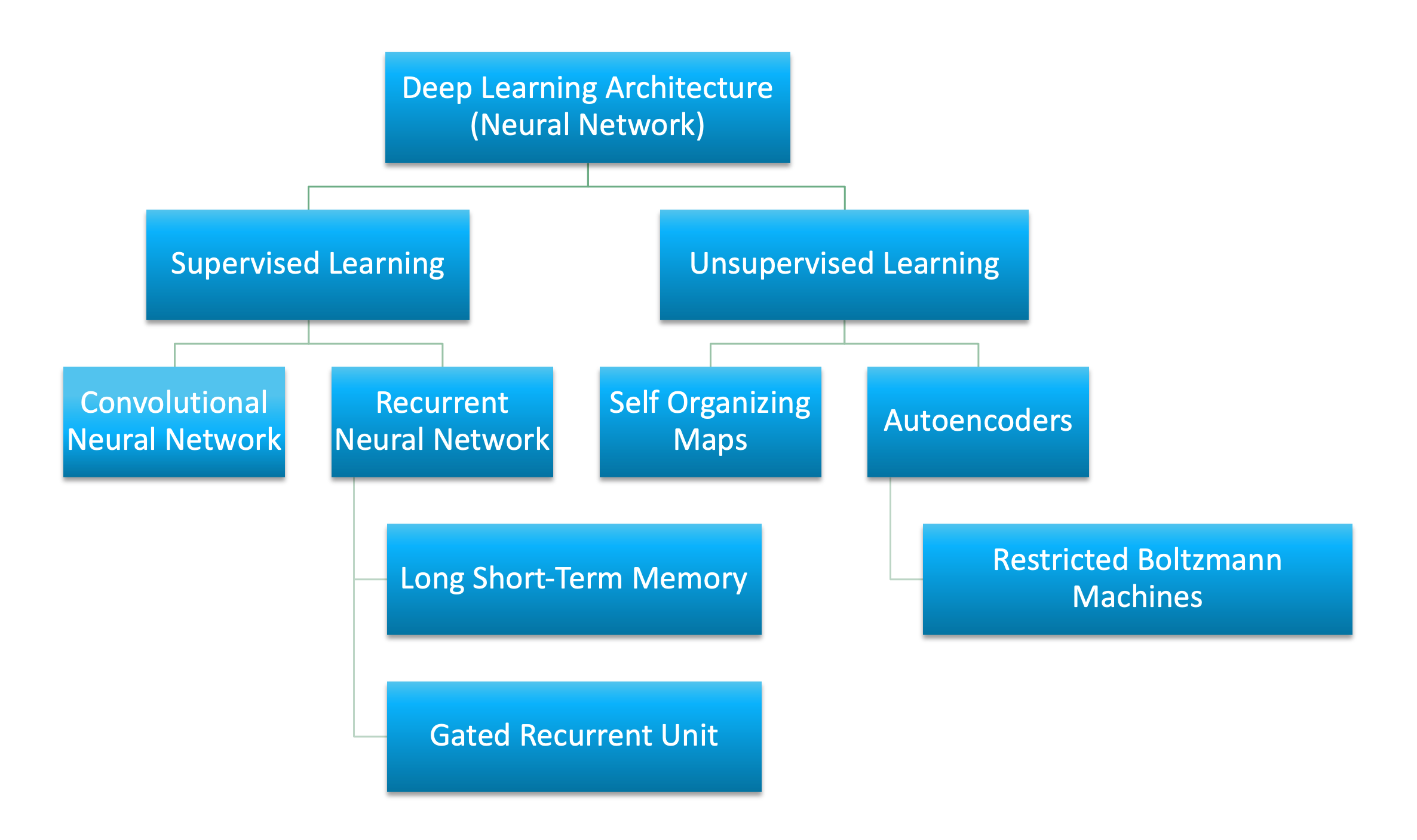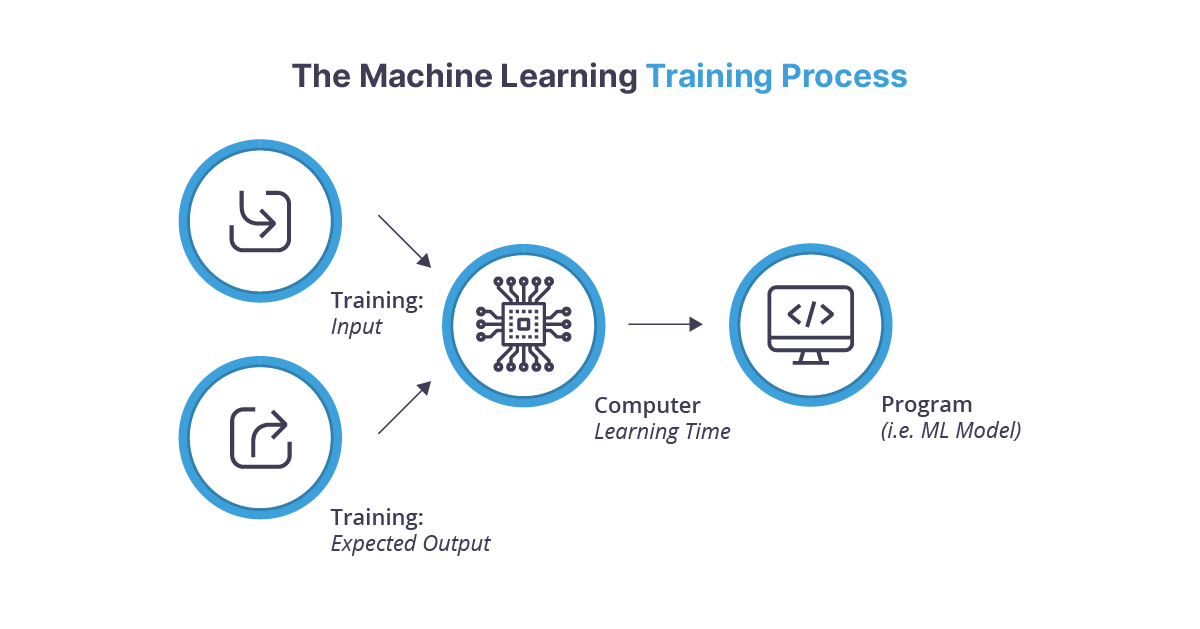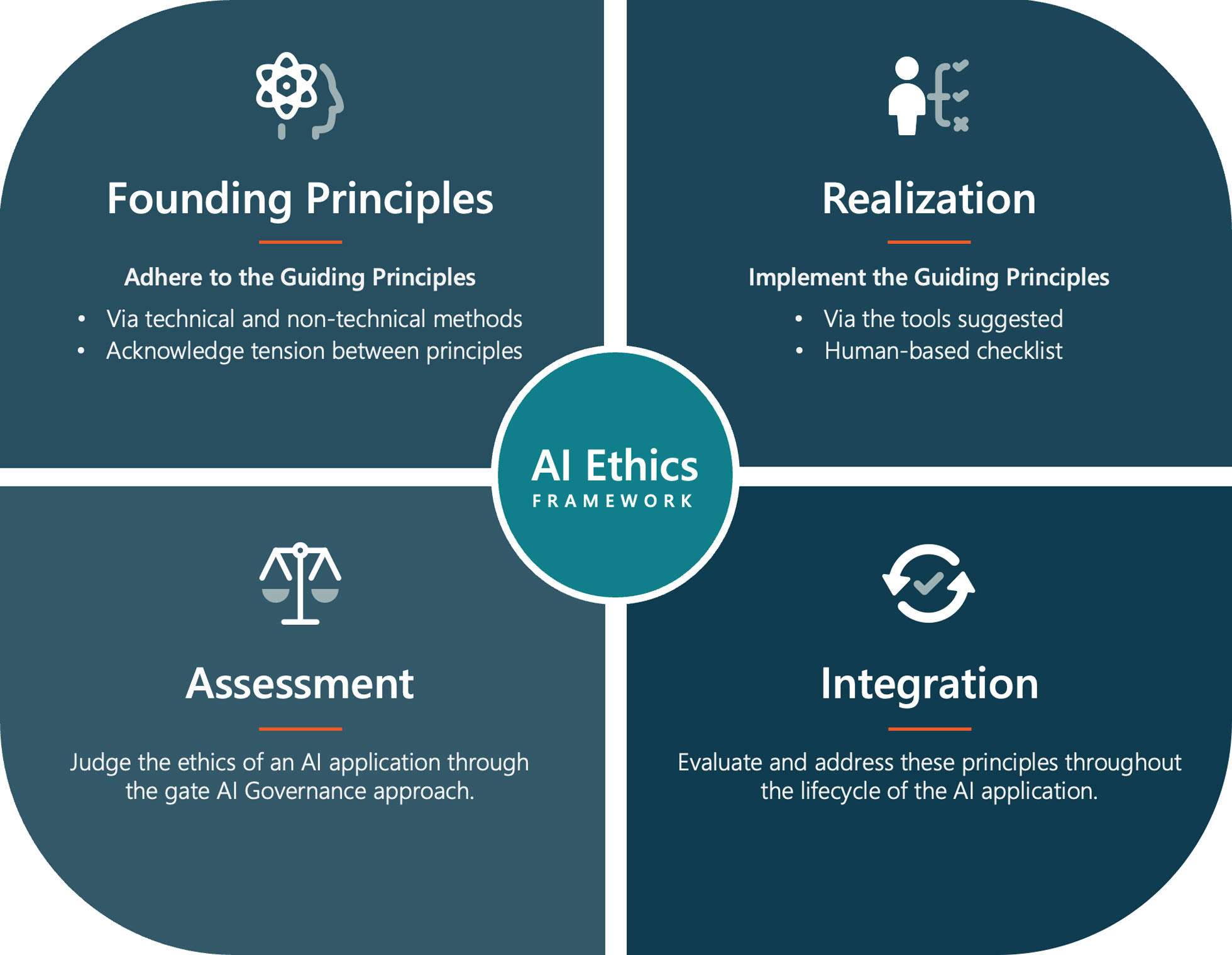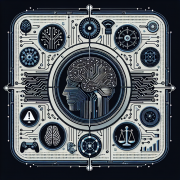Exploring Structured Prediction in Machine Learning: Innovations and Future Directions
Deep Dive into Structured Prediction in Machine Learning: The Path Forward
In the realm of Machine Learning, the concept of Structured Prediction stands out as a sophisticated method designed to predict structured objects, rather than scalar discrete or continuous outcomes. Unlike conventional prediction tasks, structured prediction caters to predicting interdependent variables that have inherent structures—an area that has seen significant growth and innovation.
Understanding Structured Prediction
Structured prediction is pivotal in applications such as natural language processing, bioinformatics, and computer vision, where outputs are inherently structured and interrelated. This complexity necessitates a deep understanding and an innovative approach to machine learning models. As a consultant specializing in AI and Machine Learning, I’ve observed how structured prediction models push the boundaries of what’s achievable, from enhancing language translation systems to improving image recognition algorithms.
Key Components and Techniques
- Graphical Models: Utilized for representing the dependencies among multiple variables in a structured output. Techniques like Hidden Markov Models (HMMs) and Conditional Random Fields (CRFs) are frequently employed in sequences and labeling tasks.
- Deep Learning: Neural networks, particularly Recurrent Neural Networks (RNNs) and Convolutional Neural Networks (CNNs), have been adapted to handle structured data. These networks can model complex relationships in data like sequences, trees, and grids.
Structured prediction models often require a tailored approach to training and inference, given the complexity of their output spaces. Techniques such as beam search, dynamic programming, and structured perceptrons are part of the repertoire for managing this complexity.
The Future of Structured Prediction
Looking ahead, the evolution of Large Language Models (LLMs) presents exciting implications for the future of structured prediction. As seen in previous discussions on my blog, such as “Clustering in Large Language Models” and “Exploring the Impact of Fermat’s Little Theorem in Cryptography”, the advancement of machine learning models is not only reshaping the landscape of AI but also deepening our understanding and capabilities within structured prediction.

Integrating LLMs with Structured Prediction
Large Language Models, with their vast amounts of data and computational power, offer new avenues for improving structured prediction tasks. By leveraging LLMs, we can enhance the model’s understanding of complex structures within data, thereby improving the accuracy and efficiency of predictions. This integration could revolutionize areas such as semantic parsing, machine translation, and even predictive healthcare diagnostics by providing more nuanced and context-aware predictions.
Further, the development of custom Machine Learning algorithms for specific structured prediction tasks, as informed by my experience in AI workshops and cloud solutions, underscores the potential of bespoke solutions in harnessing the full power of LLMs and structured prediction.
Challenges and Ethical Considerations
However, the journey towards fully realizing the potential of structured prediction is not without its challenges. Issues such as computational complexity, data sparsity, and the ethical implications of AI predictions demand careful consideration. Ensuring fairness, transparency, and accountability in AI predictions, especially when they impact critical domains like healthcare and justice, is paramount.
Way Forward: Research and Collaboration
Advancing structured prediction in machine learning requires sustained research and collaborative efforts across the academic, technology, and application domains. By combining the theoretical underpinnings of machine learning with practical insights from application areas, we can navigate the complexities of structured prediction while fostering ethical AI practices.
As we delve deeper into the intricacies of machine learning and structured prediction, it’s clear that our journey is just beginning. The convergence of theoretical research, practical applications, and ethical considerations will chart the course of AI’s future, shaping a world where technology enhances human decision-making with precision, fairness, and clarity.

Machine Learning, particularly in the avenue of structured prediction, stands as a testament to human ingenuity and our relentless pursuit of knowledge. As we forge ahead, let us embrace the challenges and opportunities that lie in crafting AI that mirrors the complexity and richness of the world around us.










Thanks for reading! I wrote this piece to shed light on the complexities and future potential of Structured Prediction in Machine Learning. As we stand on the brink of AI advancements, understanding these concepts is crucial for any tech enthusiast. Your engagement fuels my passion for exploring and sharing the vast world of AI and Machine Learning. Let’s embark on this learning journey together!
While I appreciate the depth of information on Structured Prediction, I’m wary about how these advancements in AI, especially regarding ethical implications, are going to be managed. As someone deeply involved in the technology sector, I’ve seen promising developments veer off in concerning directions. It’s crucial to balance innovation with the safety and privacy of individuals.